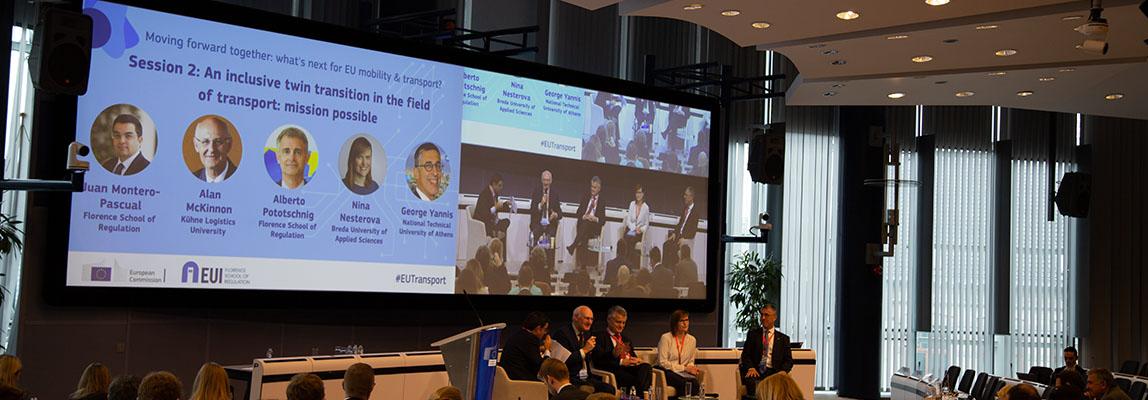
What's next in EU Mobility & Transport?
03/20/2024 - 07:26
‘If we really want to meet the CO2 emission targets, we must fully integrate tourism transport into transport policy,’ said Dr Nina Nesterova at an academic conference organized by DG MOVE in Brussels.